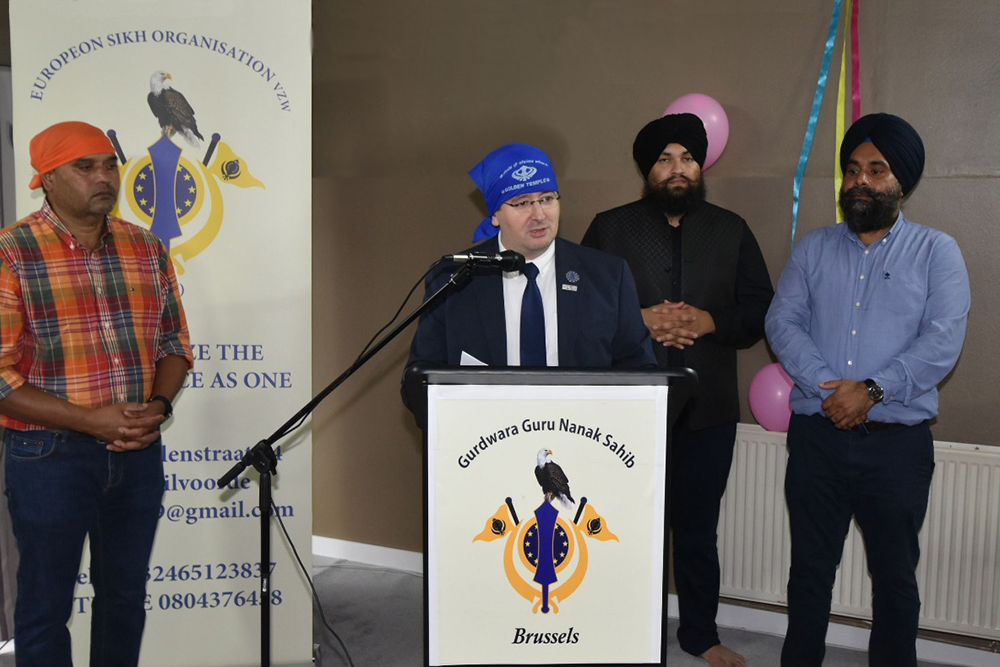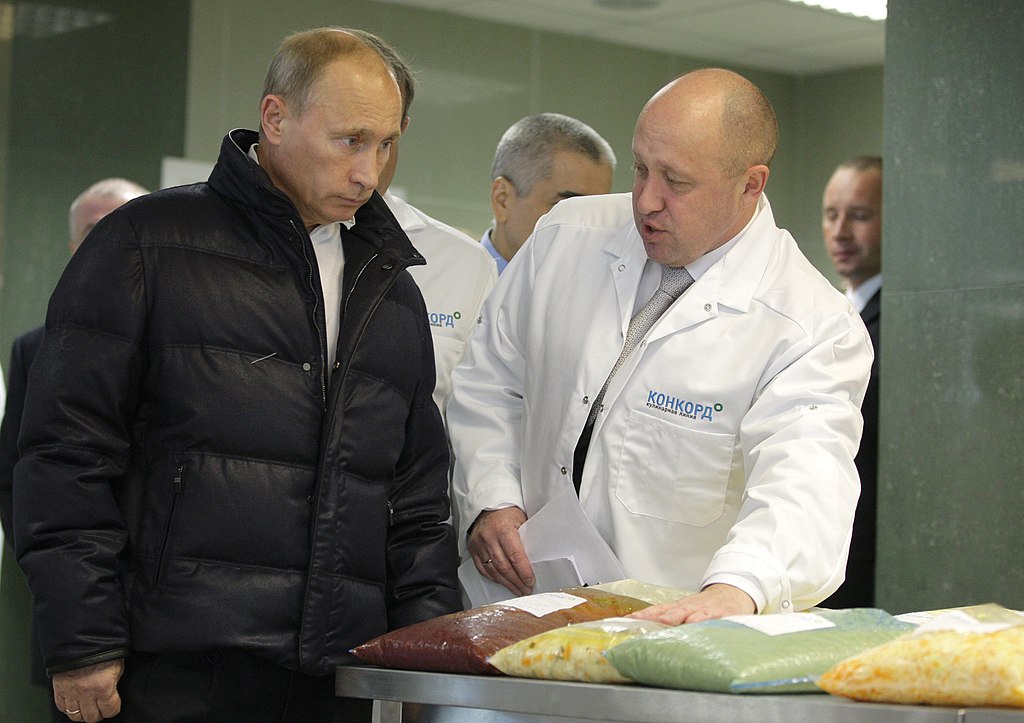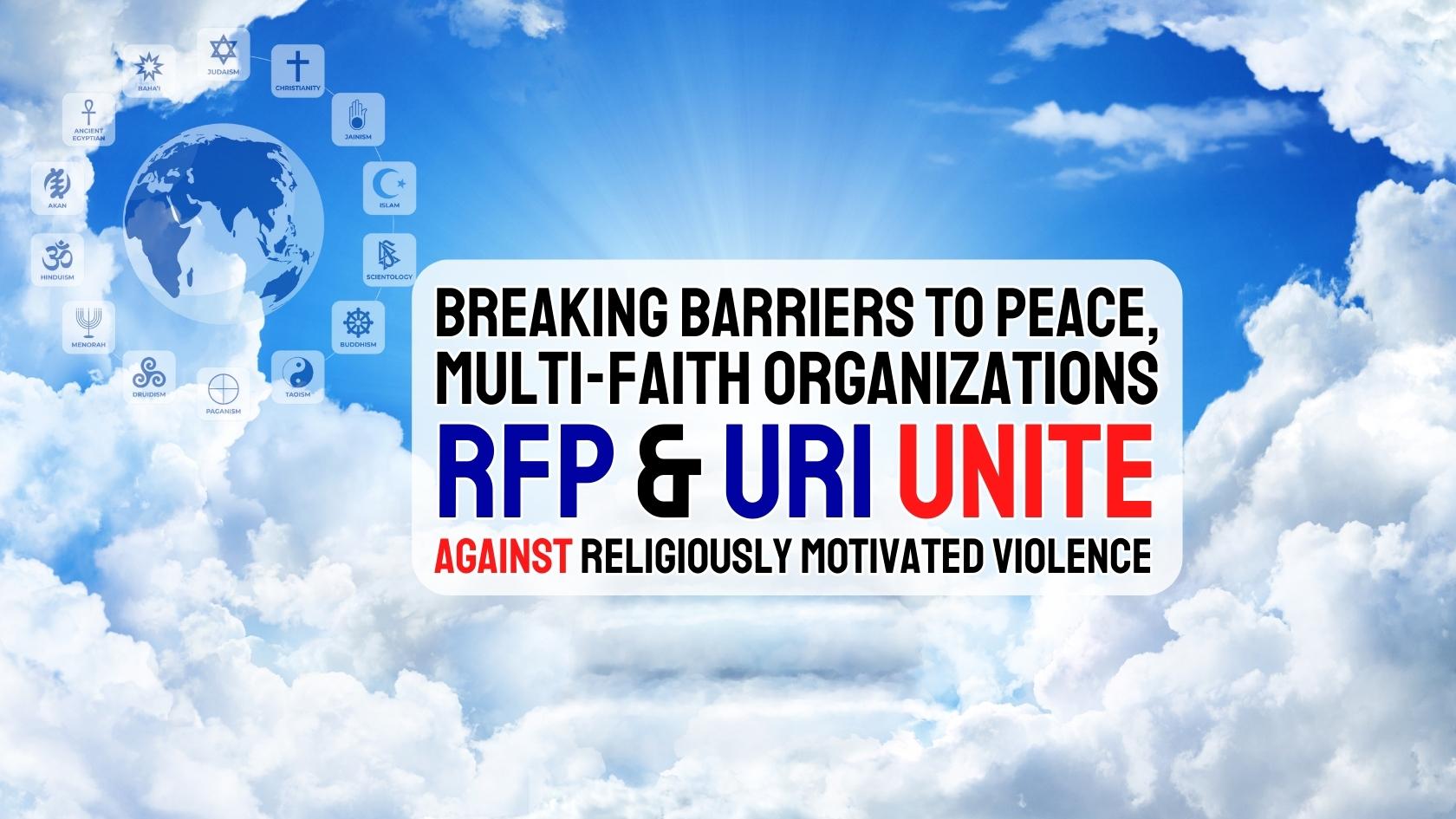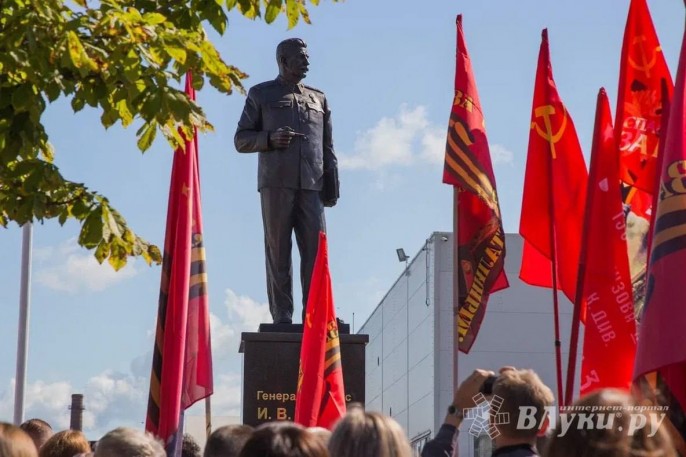BRUSSELS, BELGIUM, August 24, 2023/EINPresswire.com/ — In a display of interfaith collaboration Ivan Arjona Pelado, the President of the European Office of the Church of Scientology for Public Affairs & Human Rights delivered a moving speech at the inauguration ceremony of the European Sikh Organization. Amidst the audience, Arjona-Pelados’s words struck a chord as he eloquently emphasized unity, equality and shared values that transcend religious boundaries.
(you can find full video below)
The significant event unfolded at Gurudwara Guru Nanak Sahib in Vilvoorde (located on the outskirts of Brussels). The Secretary General of the established European Sikh Organization warmly welcomed attendees from various faiths including Muslims, Christians, Scientologists and others. This inclusive gathering exemplified the spirit fostered by organizations like Religions for Peace and Peacefully Connected.
Following this introduction was an address by Jathedar Bhai Ranjit Singh Khalsa, a respected figure in the Sikh community who had journeyed all the way from India. Khalsa spoke passionately about the Sikh community’s unwavering dedication and loyalty to their adopted homelands. Then it was Arjona Pelados’s turn to pay tribute to Guru Nanak Dev Ji—the founder, behind the Sikh movement. Arjona-Pelado remarked, “Guru Nanak was a remarkable spiritual leader who emphasized the significance of equality, compassion, and service to others.” This tribute established the atmosphere for a speech that would contemplate the teachings of Guru Nanak and their significance in today’s world.
During his address, Arjona-Pelado praised the Sikh community for their dedication, to empathy, harmony and selflessness values that resonate with the core principles of Guru Nanak’s teachings. “As we unite to celebrate this milestone,” he noted, “I am reminded of the profound teachings of the founder of the Sikh movement, a visionary who ignited a flame of hope and understanding.”
Both Scientology and Sikhism place significant emphasis on personal experience and observation
Ivan Arjona-Pelado, Scientology representative to the European institutions and United Nations
Throughout the speech, Arjona-Pelado emphasized Guru Nanak’s unwavering dedication to equality, a theme that holds resonance in today’s society marred by discrimination and injustice. Pelado ardently stated, “He ardently believed in equality, teaching that all individuals are equal, irrespective of their religion, caste, or social standing.” This assertion was met with nods of agreement from the audience, as the enduring relevance of Guru Nanak’s ideals was acknowledged.
A powerful segment of Arjona-Pelado’s speech was dedicated to highlighting the challenges the Sikh community has faced. With a resolute tone, he stated, “Yet, it is imperative to recognize that the journey of the Sikh community has not been without trials.” Discrimination, hate crimes, and misconceptions surrounding the Sikh turban have created hurdles for this vibrant community.
Arjona-Pelado passionately condemned any form of discrimination, asserting, “I stand here today to unequivocally condemn any discrimination directed at your community.” He emphasized the shared responsibility of upholding the principles of dignity and respect, transcending religious differences. “Discriminating against one of you is tantamount to discriminating against me. And by discriminating against me, it is discrimination against all of you,” Arjona-Pelado proclaimed, invoking unity.
The speech further delved into the European Union’s principles and its commitment to human dignity, freedom, and equality. Arjona-Pelado emphasized the need for these principles to extend to all religious communities, emphasizing, “European Union agencies must enhance their efforts to ensure equitable treatment of all religions, including the Sikh community.”
He also drew intriguing parallels between Scientology and Sikhism, showcasing commonalities in their emphasis on personal experience and growth as shown by some of the quotes he read from Scientology founder L Ron Hubbard. “Both Scientology and Sikhism place significant emphasis on personal experience and observation,” he stated, highlighting the shared pursuit of self-improvement and spiritual realization.
As the speech reached its zenith, the Scientology representative looked towards the future, pledging solidarity with the Sikh Community’s aspiration to build a monumental Sikh temple. “Let us confront the regrettable reality of persisting discrimination, often manifesting as prejudice,” he passionately stated, reiterating the commitment to a more inclusive and understanding society.
In the conclusion, Arjona-Pelado’s words resonated as a call to action. “Together, let us ensure that your legacy echoes one of resilience, inclusivity, and unwavering dedication to enhancing our society,” he implored. The speech concluded with resounding applause and a shared commitment to uphold the values of compassion, unity, and human dignity.
The Scientology representative’s address at the European Sikh Organization inauguration will undoubtedly be remembered as a powerful testament to the potential of interfaith collaboration. In a world seeking harmony amidst diversity, united action serves as a beacon of hope, reminding us that shared values can bridge gaps and create a more inclusive future.














